Classic bowling dismissals: Off spin
This article is part of the 'Classic bowling dismissals' series. To go to the start, click here.
Traditional off spin bowling is somewhat out of fashion at the top level, but don't let that deceive you. Off spin can be destructive at any level given the right conditions. The off spinner can't blast out the opposition so it becomes all about guile and teasing out a batsman.
How does the off spinner tease a player out?
Perhaps the most satisfying and certainly the most emphatic dismissal for the off spinner is hearing the death rattle through the gap between bat and pad as you can see from the stills taken from this video:
The chance of getting this dismissal increases the more the ball turns and dips. Having a helpful wicket is always handy to the off spinner, but the real key is to get maximum revolutions on the ball by spinning it hard and having a good pivot. This will make it dip and spin much more.
If the spinner has good control the key to this wicket is setting it up over a series of balls. For example, two or three balls could be bowled straighter with less turn. Then follow up with a slightly fuller big turning off break to encourage the expansive drive. Here is another good example.
The ball that goes on with the arm with little visible change of action is a deception and a wicket taking variation. The ball follows the same line as an off break, ideally drifting away in the air, but is slightly quicker and does not turn on pitching. The batsman, playing for the turn edges to the wicketkeeper or first slip:
The top spinner is almost exactly the same although it may skid on a little more.
Again, this can be set up over a period of a few deliveries, especially against new batsman not yet used to the turn. A couple of off breaks that draw the batsman forward can be followed by a fuller arm ball or top spinner. It works very well when bowling around the wicket at right handers as the line is naturally across the batsman.
The canny spinner doesn't need a massive ripping off break or deceptive top spinner to take wickets though. Accurate bowling with small changes of pace and flight can be very effective. This method is often employed in limited over cricket where the pressure of time makes batsmen play more shots and be more likely to get out. If a few dot balls are bowled the batsman may look to manufacture a shot and get out.
The tactics are to place boundary fielders on the leg side with others in a one-saving ring. This cuts off the runs for both tip-and-run and big hits. In some circumstances close in fielder can put pressure on a new batsman: slip, silly point and short leg are all effective at least in making the batsman play differently.
It's unusual at recreational level to see the bat-pad catch as happens in Tests. The ball tends to turn and bounce less at lesser pace. This stops the fielder at short square leg from taking catches that are edged onto the pad and loop up. Add to this the lower quality of umpires and even if one does fly off the bat it may not be given out.
To south-paw batsmen the ball is turning away. The off spinner effectively becomes a mirror of the left arm spinner to a right hander. The classic dismissals in this circumstance are caught at slip or bowled by the arm ball. Most off spinners will go around the wicket to left-handers to make sure they can still get LBW (bowling over the wicket often means pitching the ball outside leg stump which can't be LBW).
- Login to post comments

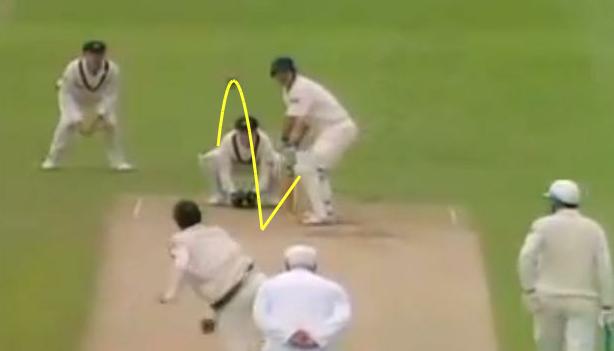
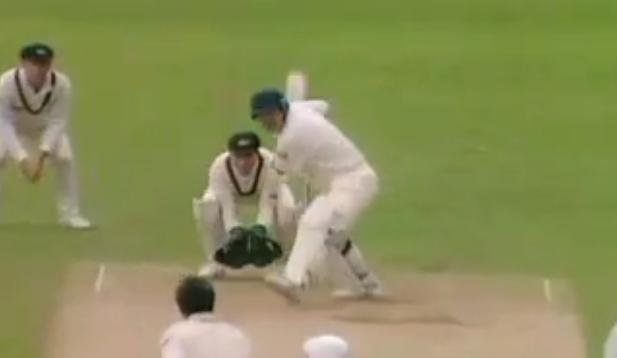
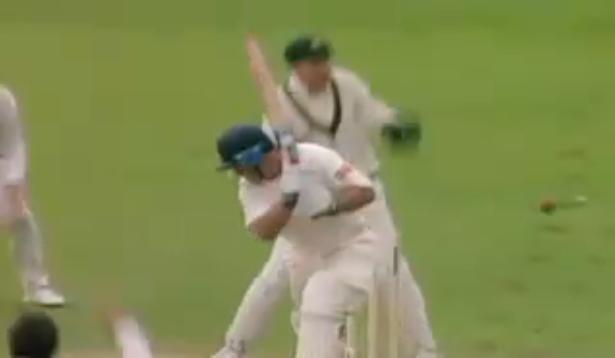
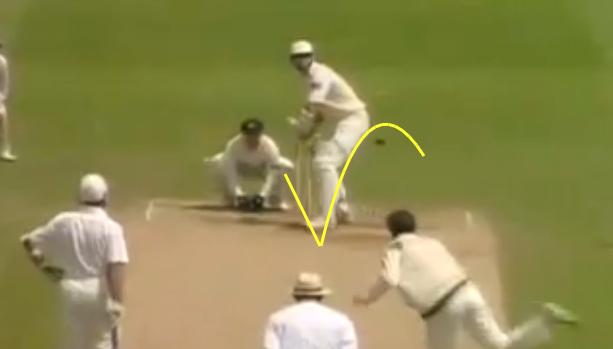
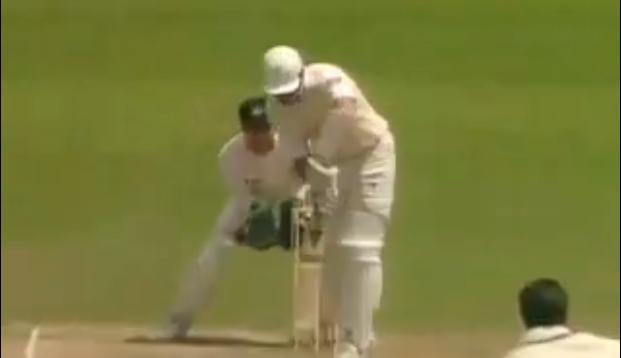
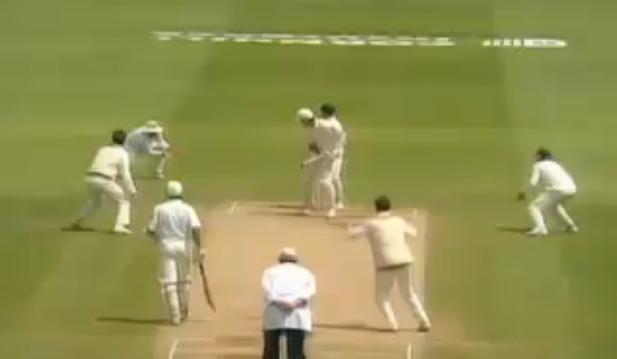

Comments
This is a great guide, Cant wait for the Fast Bowling one
Yep, more coming soon. Stay tuned.
Good tips:)